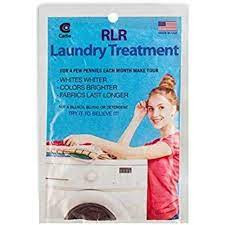Learn Some Basics about Cloth Diaper
You will come across many options if you're trying to choose cloth diapers for your little one and it can become quite confusing. There's nothing called any one-size-fits-all approach, so it is better that you experiment until you find what works best for you and your family. You also need to choose Cloth diaper laundry detergent Canada cautiously.
How
Frequently Should I Wash Cloth Diapers?
It depends on the fact that how much time you have for laundry. At least once a day few parents try to throw a load. In keeping odors at a minimum we wouldn’t recommend waiting more than 3-4 days.
How
Many Cloth Diapers Do You Require?
It will be better if you start with at least a dozen cloth diapers. However, two dozen is ideal because on laundry days it leaves plenty of backups.
How
to Wash Cloth Diapers?
You
need to know Your Water and Detergent
First, you need to understand your water. If it is hard water then a few detergents might not be able to clean as well.
Second, select a detergent that will work well with cloth diapers. You will find regular detergents which contain additives that eventually build up on cloth or cause other problems, especially when your diapers aren't rinsed well enough.
What works best is a basic detergent that is without optical brighteners or extra enzymes. Parents find these additives as a problem for a sensitive baby's skin.
Various cloth diaper companies make their diaper soaps. Eco-friendly detergents are an excellent choice as they have fewer additives.
After you remove the soiled diaper, dispose of the solid waste in the toilet.
With a Natural Stain Remover, you must pre-treat the stains. Before letting it soak for anywhere from 30 minutes to 48+ hours gently massage the area with a soft brush.
Give a wash to the soiled cloth diapers in warm water as hot water will destroy the powerful, plant-based enzymes in products.
Cloth diaper laundry detergent Canada is highly recommended. On sensitive skin, it is Free & Clear formula is gentle and it only takes ¼ of an ounce per load.




Comments
Post a Comment